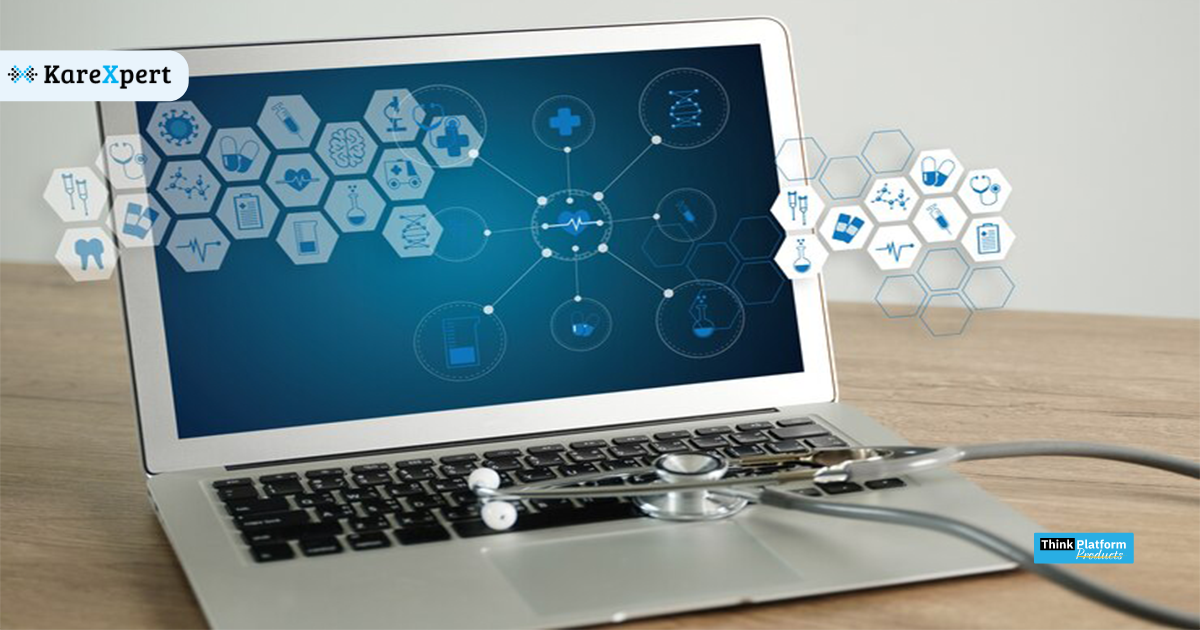Ensuring Regulatory Compliance with EMR Software in Hospitals

Electronic Medical Record (EMR) software has transformed the way healthcare providers manage patient information, improving efficiency, accuracy, and patient care. However, as healthcare organizations adopt EMR software, it is crucial to ensure regulatory compliance to protect patient privacy, maintain data security, and adhere to industry standards. In this article, we will explore the key considerations and strategies for ensuring regulatory compliance with EMR software for hospitals. Let’s delve into the details.
● Understand Regulatory Requirements:
Familiarize yourself with the relevant regulations and standards governing EMR software, such as the Health Insurance Portability and Accountability Act (HIPAA) and the Electronic Health Record (EHR) Incentive Programs.Stay updated on any changes or updates to the regulations to ensure ongoing compliance.
● Conduct a Compliance Audit:
Perform a comprehensive audit of your EMR software for hospitals and related processes to identify any gaps or areas of non-compliance.Assess the software’s security features, access controls, encryption capabilities, and audit trail functionality to ensure they align with regulatory requirements.
● Implement User Authentication and Access Controls:
User authentication measures, such as unique usernames and passwords, should be implemented to ensure that only authorized individuals can access patient information.Role-based access controls (RBAC) should be utilized to limit access to sensitive data based on the user’s role and responsibilities.
● Protect Patient Privacy:
EMR software should provide mechanisms to safeguard patient privacy, such as data encryption, secure transmission protocols, and secure storage practices.
Implement privacy policies and procedures that define how patient information should be handled and shared to maintain compliance with privacy regulations.
● Train Staff on Regulatory Compliance:
Provide comprehensive training to all staff members who use the EMR software to ensure they understand their responsibilities regarding regulatory compliance.Train employees on the proper handling of patient information, including data access, disclosure, and maintaining patient confidentiality.
● Conduct Regular Risk Assessments:
Perform regular risk assessments to identify potential vulnerabilities in your EMR software and associated systems.
Assess the risks related to data breaches, unauthorized access, and other security threats, and develop strategies to mitigate these risks.
● Ensure Data Backup and Recovery:
Implement robust data backup and recovery mechanisms to protect against data loss, system failures, or natural disasters.Regularly test the backup and recovery processes to ensure their effectiveness and integrity.
● Maintain Audit Logs:
Enable audit trail functionality within the EMR software to record and monitor user activities, including access to patient records and any modifications made.Regularly review the audit logs to identify any unauthorized or suspicious activities and take appropriate actions to address them.
● Stay Informed about Industry Standards:
Stay updated on industry best practices and standards related to EMR software and regulatory compliance.
Participate in industry conferences, workshops, and forums to learn about emerging trends and strategies for maintaining compliance.
● Engage in Ongoing Compliance Monitoring and Review:
Establish processes for ongoing monitoring and review of regulatory compliance with EMR software.Conduct periodic audits and assessments to ensure continued adherence to regulatory requirements and address any identified issues promptly.
● Collaborate with Vendors and Consultants:
Work closely with EMR software vendors and consultants who specialize in healthcare compliance to leverage their expertise.Seek their guidance on ensuring regulatory compliance, implementing security measures, and addressing any compliance-related challenges.
● Document Compliance Efforts:
Maintain thorough documentation of your compliance efforts, including policies, procedures, training materials, and audit reports.Documentation serves as evidence of your commitment to compliance and can be valuable during audits or regulatory inspections.
In conclusion, ensuring regulatory compliance with EMR software for hospitals is crucial for protecting patient privacy, maintaining data security, and adhering to industry standards. By understanding the regulatory requirements, conducting compliance audits, implementing user authentication and access controls, protecting patient privacy, training staff on compliance, conducting regular risk assessments, ensuring data backup and recovery, maintaining audit logs, staying informed about industry standards, engaging in ongoing compliance monitoring and review, and collaborating with vendors and consultants, hospitals can establish a robust framework for regulatory compliance. By following these strategies, healthcare organizations can confidently utilize EMR software while ensuring the confidentiality, integrity, and availability of patient information and complying with relevant regulations. Prioritizing regulatory compliance not only safeguards patient data but also builds trust, enhances reputation, and promotes high-quality care delivery within the healthcare organization.
Contact KareXpert today to know more!
Website: https://www.karexpert.com/
Email: info@karexpert.com
Phone: +91-9069113330
